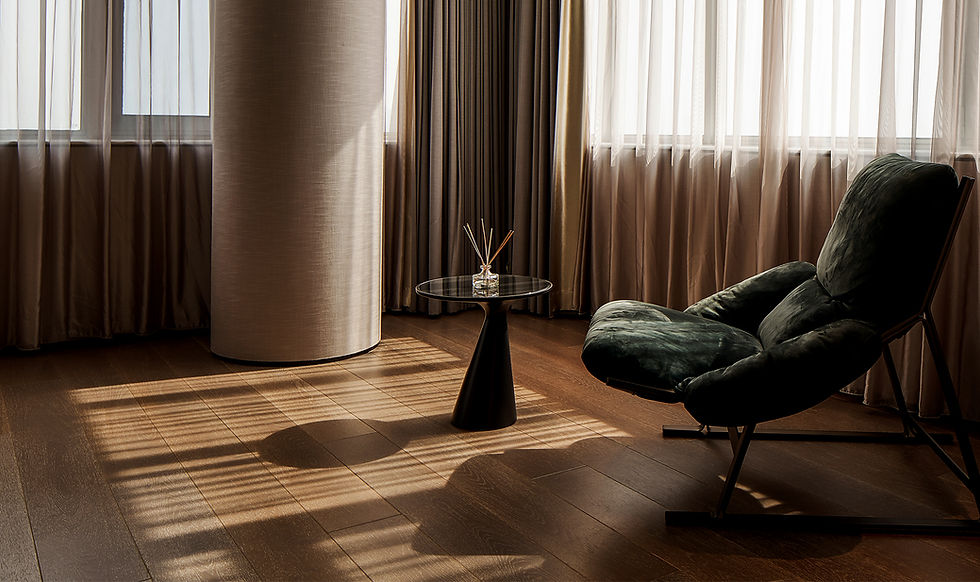The Magic of Adaptive Reuse: Breath of New Life into Old Structures
- rohan varghese

- Sep 25, 2023
- 2 min read

The echo of footsteps on weathered floorboards, the patina on aged brick walls, the stories whispered through old window panes—there's an undeniable charm in historic buildings. But as time marches on, many of these structures risk falling into disrepair or face demolition. Enter the concept of adaptive reuse: an architectural practice that breathes new life into old buildings, preserving their legacy while adapting them for modern purposes.
The Essence of Adaptive Reuse
At its core, adaptive reuse is about transformation. It's the practice of taking old, often abandoned buildings—factories, churches, schools, warehouses—and converting them into something entirely different, be it apartments, offices, cultural centers, or retail spaces.
Environmental and Economic Benefits
Adaptive reuse isn't just about nostalgia; it's a sustainable choice. By repurposing existing structures, we save on materials and reduce construction waste. The embodied energy—the total energy required for the extraction, processing, and construction of a building—gets preserved. Economically, rejuvenating old neighborhoods can lead to increased property values and revitalize entire communities.
Celebrating History While Embracing Modernity
One of the most exciting challenges architects face in adaptive reuse is blending the old with the new. Modern amenities, safety codes, and design aesthetics need to be incorporated without overshadowing the building's historic charm. When done right, the result is a harmonious blend where each era enhances the other.
Notable Examples Worldwide
From the Battersea Power Station in London being transformed into luxury apartments and retail spaces to formerly a colonial Dutch villa, The Bungalow on the Beach, Tranquebar (Tharangambadi), was restored and transformed into a heritage hotel. Adaptive reuse projects around the world showcase the potential and beauty of melding the past with the present.
Adaptive reuse is a testament to the enduring spirit of architecture. It showcases our ability to honor the past while innovating for the future. As we look towards creating sustainable urban landscapes, the practice of breathing new life into old structures will play a pivotal role.





Comments